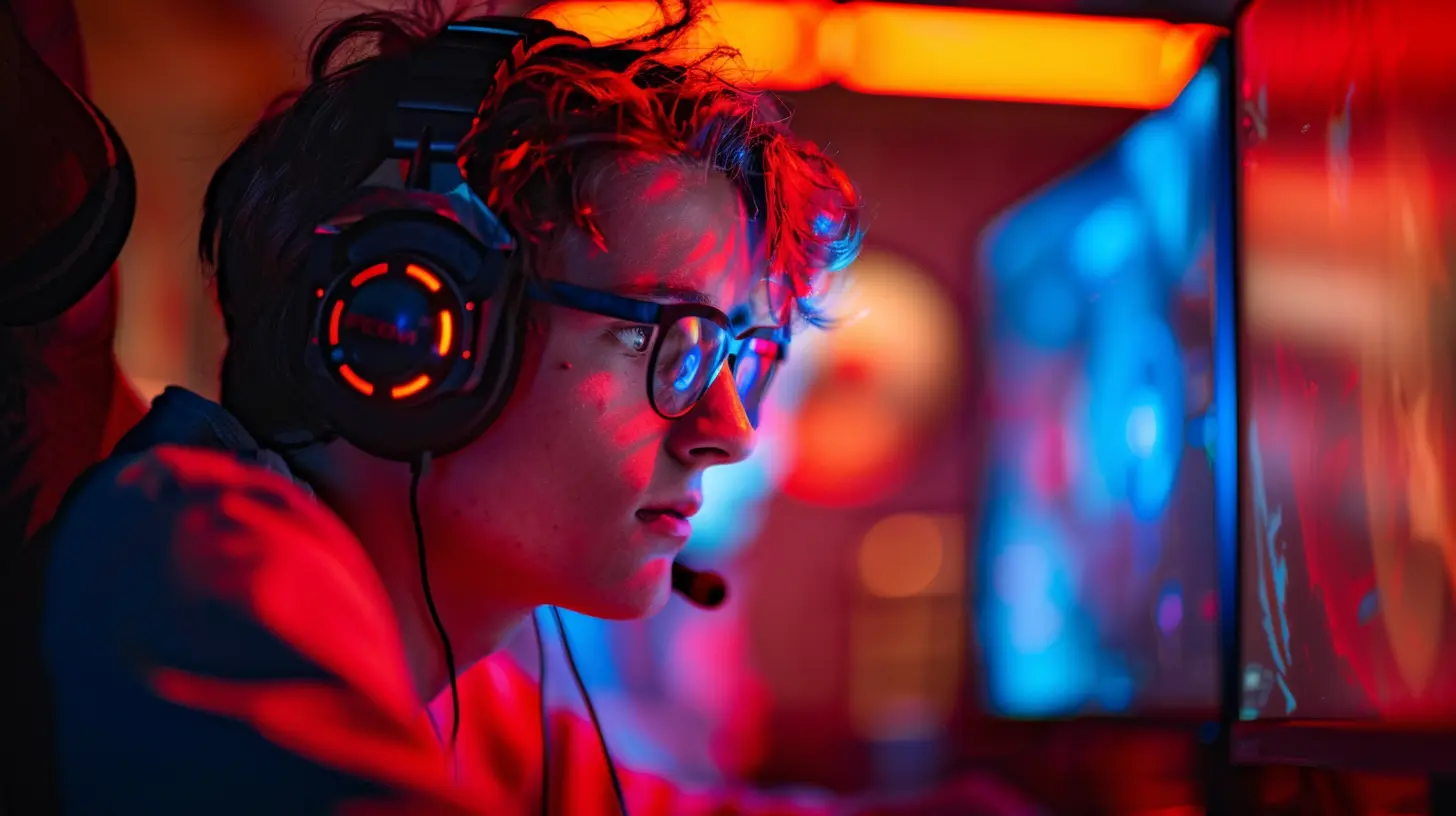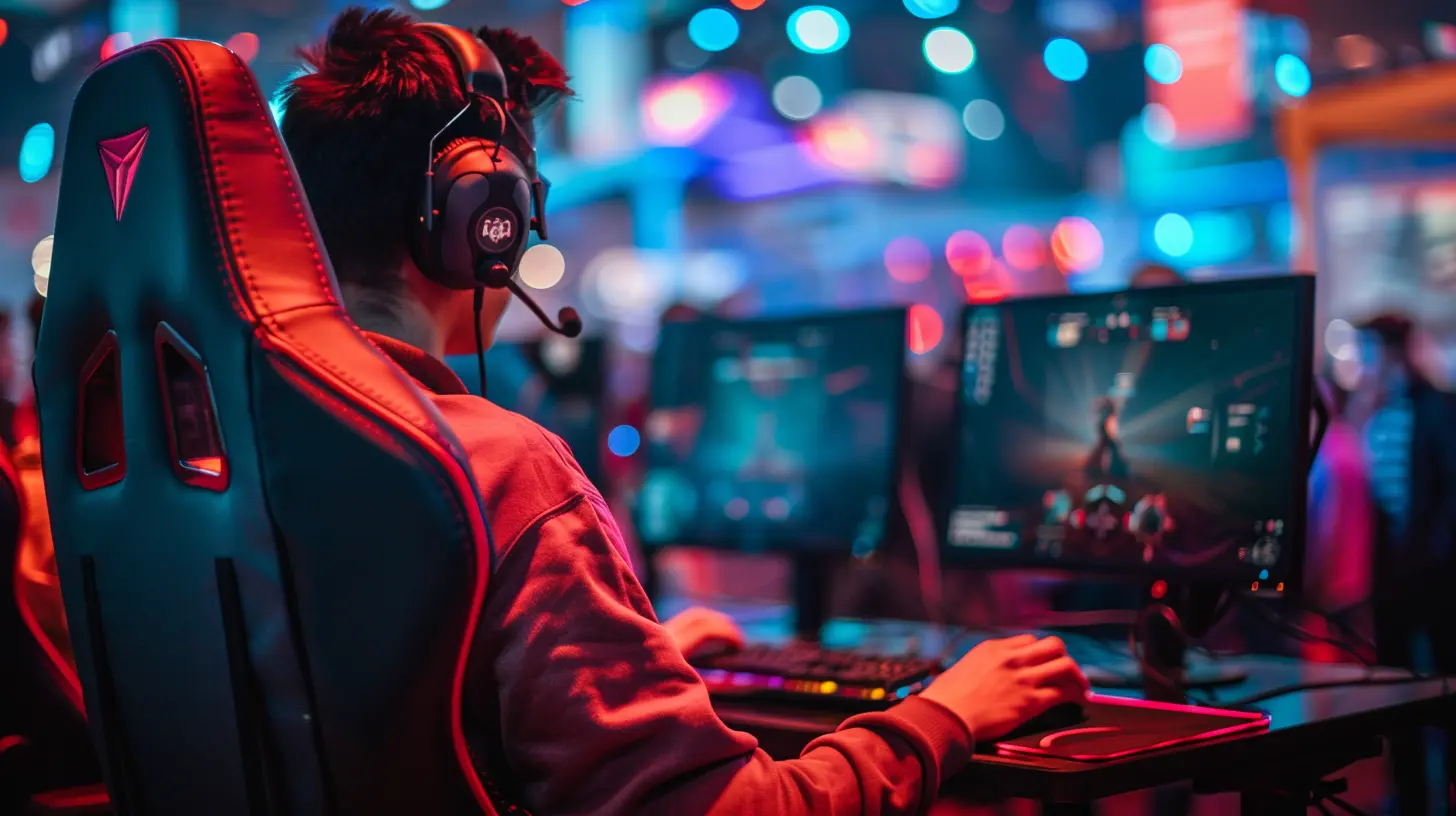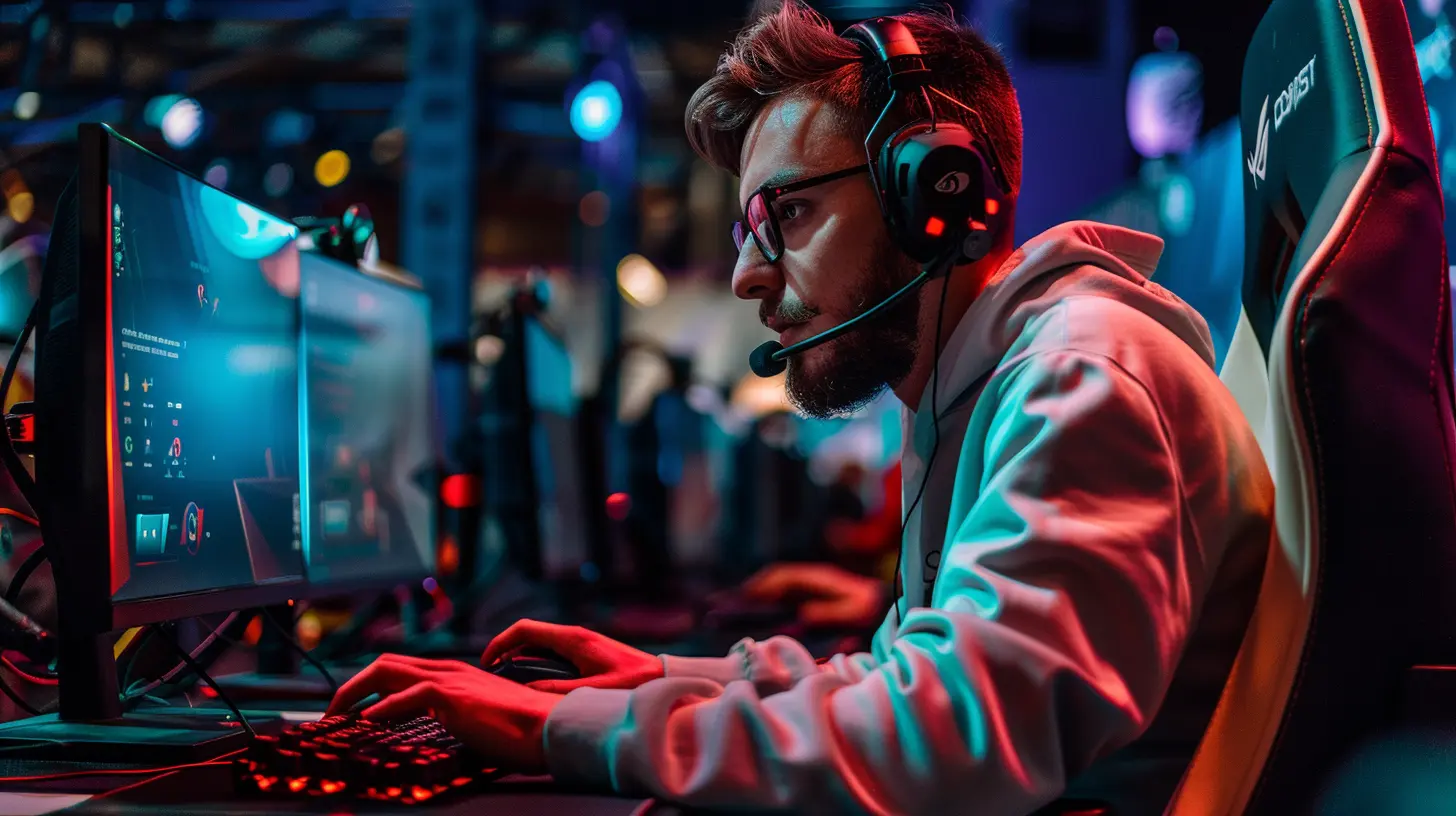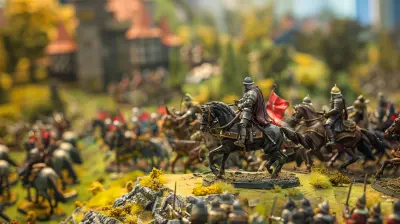How Esports Influences Game Balance Decisions
19 September 2025
Let’s be real—games aren’t just games anymore. They’ve evolved into stadium-filling, Twitch-dominating, cash-prize-pumping spectacles. And leading that charge? Esports.
From the casual gamer grinding ranked matches to pro teams battling it out on global stages, esports has changed how we play and, most importantly… how games are made. Especially when it comes to game balance.
But how exactly does esports shape those all-important game balance decisions? Grab your energy drink and get comfy—because we’re diving deep into that digital arena.
What is Game Balance, Anyway?
Before we jump into the esports side of things, let’s get crystal clear on what "game balance" really means.At its core, game balance is about fairness. No one character, weapon, skill, or strategy should be so overpowered (OP) that it turns the game into a one-trick pony. It’s about giving players equal chances, different playstyles, and the satisfaction that success comes from skill—not broken mechanics.
Think of it as a seesaw. The goal? Keep it level. But as every dev knows, that seesaw is a wild beast. Touch one side, and everything else shifts.
Why Esports Makes Balance Even Trickier
When a game gets big in esports, balance becomes a spotlight issue—and not just because a few people complain on Reddit (though they totally do).1. Pro Play Breaks the Game in Unexpected Ways
Here’s the thing: pros don’t play like the rest of us. They think 14 steps ahead, land pixel-perfect skill shots, and create strategies no dev could dream of.What looks balanced to casuals might be utterly broken at the pro level.
Take Overwatch, for example. Some heroes seemed balanced in quick play. Then OWL (Overwatch League) players came in, discovered crazy team comps, and suddenly the devs were nerfing characters that 90% of the player base thought were fine.
2. Meta Dominance Forces Game Patches
In esports, the meta (aka the most effective tactics available) is king. And when one strategy dominates tournaments, it pressures developers to shake things up—fast.Why? Because stale metas = boring games = fewer eyeballs. And let’s be honest, in esports, viewer numbers are gold. If every match plays out the same way, fans leave. Fast.
So devs adjust stats, abilities, and sometimes entire systems to keep matches fresh, competitive, and fun to watch.
3. Esports Visibility Amplifies Imbalance
When millions of people watch a tournament and see one character picked 90% of the time, it’s impossible to ignore.Even if the imbalance was subtle before, the bright lights of an esports stage magnify weaknesses. Publishers use this data (and the community’s very loud opinions) to tweak balance accordingly.
Game Devs and Pro Feedback: A Two-Way Street
Pro players aren’t just elite gamers. They’re also inadvertent playtesters. And developers? They’re watching.Real-Time Feedback
Dev teams often collect feedback directly from pros. Some even build closed test environments where top players can experiment before patches go live. This helps avoid balance changes that seem good on paper but flop in practice.Balancing for Multiple Skill Levels
Here’s the tricky part: What’s imbalanced for pros might be fine—or even weak—for casuals.Take League of Legends as an example. Champions like Azir or Ryze might underperform in Bronze or Silver ranks but are gods in high Elo or pro play. Riot Games has to find that sweet spot where champions don’t dominate tournaments but also aren’t trash for everyday players.
Sometimes that means balancing separately—adjusting champions for high-level ranked or pro play without hurting their casual play potential.
Spectator Experience Matters
Esports games double as entertainment. This means balance isn’t just about fairness—it’s also about fun to watch.A balanced but boring game won’t last long on the esports scene. So devs sometimes prioritize flashy, high-skill mechanics that lead to hype plays (even if they’re harder to balance).
Remember the Fortnite building meta? Watching players construct skyscrapers in seconds wasn’t just impressive—it was addictive content.
Case Studies: When Esports Shaped the Patch Notes
Let’s break it down. Here are some real-world examples where esports clearly influenced game balance.1. League of Legends: The Patch Before Worlds
Every year before the World Championship, Riot drops a patch that rebalances the game specifically for the highest tier of competition.This means:
- Nerfing champions that dominate pro scrims.
- Buffing lesser-used picks to encourage diversity.
- Adjusting jungle paths or objective timers based on known meta strategies.
Why? Because Worlds isn’t just a tournament—it’s the esports event for Riot. Viewership peaks, and they want the game to shine.
2. Overwatch: The GOATS Dilemma
Remember the infamous GOATS meta in Overwatch? (For those who missed it—three tanks, three supports, zero damage dealers.)It worked so well that teams ran it on repeat. But it made matches hard to watch—slow, tanky, and repetitive.
Fans complained. Viewership dipped. And Blizzard responded with a 2-2-2 role lock (two of each role required in team comps), instantly changing the meta.
A drastic balance change? Yes. But it proved that esports directly moves the needle.
3. Valorant: Agent Tweaks From Tournament Data
In Valorant, agents like Chamber or Jett often see tournament-specific changes based on their pick rates and performance.If an agent gets picked 90% of the time in VCT events, Riot knows something’s not right. And the next balance patch? You can bet that agent’s getting a little love—or a heavy nerf.
Should Esports Dictate Game Design?
Here’s a spicy question. Should devs really design or balance around esports?It depends on the game’s goals.
Some titles want to be competitive at the highest level. Games like Dota 2, CS:GO (now CS2), and LoL thrive because of their esports longevity.
Others, like Apex Legends or Warzone, balance more around community and casual players, even if they have a comp scene.
The Risk of Over-Tuning for Pro Play
If developers only listen to pros, they risk alienating the majority of players. A fine-tuned game for elite play might feel clunky, punishing, or boring for 99% of the community.That’s why some balance decisions aim for middle ground—nerfing extreme pro-level effectiveness without gutting casual viability.
Hybrid Balance Models
More devs now use hybrid models—tracking data across casual, ranked, and pro play separately. This lets them see where imbalances truly lie and whether it’s a localized issue or a game-wide one.Smarter tools. Better data. More thoughtful patches.
The Future: AI, Data, and Community Collaboration
As esports grows, so will its influence on game balance decisions. But it won’t just be screaming fans or tournament analysts calling the shots.AI-Powered Balance Tracking
Imagine AI systems that analyze millions of matches and flag potential balance issues automatically. Not in six months. Now.That’s the next level—and some studios are already heading there.
Community Co-Creation
Games like Warframe and Path of Exile already involve community feedback in decisions. Esports games might do the same—partnering with content creators, coaches, and pro players to co-create balance patches.Adaptive Balancing Systems
Picture this: A game that automatically adjusts stats in competitive modes based on current metas, like dynamic difficulty for esports.It’s futuristic—but not impossible.
So… What’s the Verdict?
At the end of the day, esports and game balance are closely entwined. The rise of competitive gaming pushes devs to tweak, polish, and reinvent their titles to keep things fair, fun, and fresh.But don’t forget: balance is a moving target. And with esports growing faster than ever, there’s always another patch, another comp, and another strategy waiting to shake things up.
Game on.
all images in this post were generated using AI tools
Category:
Game BalancingAuthor:

Pascal Jennings
Discussion
rate this article
1 comments
Dusk Wyatt
Esports significantly shapes game balance, pushing developers to prioritize competitive integrity. The insights from top players can lead to quicker adjustments and a more engaging experience.
September 27, 2025 at 3:58 AM

Pascal Jennings
Absolutely! Esports provides valuable player feedback that drives developers to enhance balance and competitiveness, ultimately leading to a more engaging gaming experience.


